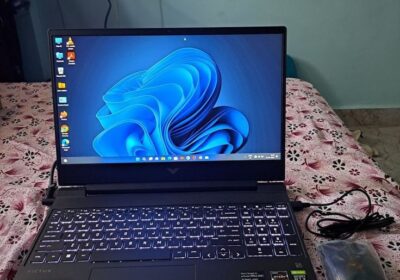Introduction:
In the vast realm of animation, 2D animation has long been a medium for storytelling and creativity. Science fiction, with its futuristic landscapes and imaginative gadgets, finds a natural home in this versatile form of animation. This article explores how science fiction devices come to life in 2D animation, transforming the mundane into the extraordinary.
1. The Power of Visual Storytelling: Conveying Futuristic Concepts
At its core, best 2d animation explainer video is a powerful tool for visual storytelling. It allows creators to communicate complex futuristic concepts in a way that captivates audiences of all ages. From intergalactic adventures to advanced technological societies, 2D animation brings the future to the present, making it accessible and engaging.
2. From Pencils to Pixels: Evolution of 2D Animation Techniques
The evolution of 2D animation techniques has played a pivotal role in bringing science fiction devices to life. Advancements in digital animation tools have expanded the possibilities, allowing animators to seamlessly blend the traditional charm of hand-drawn animation with futuristic elements. This marriage of techniques enhances the visual appeal of science fiction narratives.
3. Imaginary Technologies: Designing Futuristic Gadgets
One of the charms of science fiction in 2D animation lies in the creation of imaginary technologies. Whether it’s holographic displays, teleportation devices, or sentient robots, animators have the freedom to design futuristic gadgets that push the boundaries of our imagination. This creative process not only entertains but also sparks curiosity about the potential future of technology.
4. Character Design: Bringing Sci-Fi to Life
In the realm of 2D animation, characters play a central role in conveying the essence of science fiction. Creating characters with cybernetic enhancements, AI companions, or unique superpowers adds depth to the storytelling. The synergy between character design and futuristic elements creates a visually captivating narrative that resonates with audiences.
5. Dynamic Environments: Crafting Futuristic Landscapes
The backdrop against which the animation unfolds is equally crucial in portraying a futuristic world. 2D animation allows for the creation of dynamic environments, from bustling futuristic cities to unexplored alien planets. Through meticulous design and attention to detail, animators transport viewers into a visually immersive experience, breathing life into the science fiction setting.
6. Time Travel and Alternate Realities: Playing with Temporal Concepts
2D animation provides a canvas for exploring complex temporal concepts like time travel and alternate realities. This allows creators to craft intricate narratives where characters navigate through different time periods or exist in parallel universes. The fluidity of animation enables seamless transitions between past, present, and future, enriching the storytelling experience.
7. Soundscapes of the Future: Enhancing the Viewing Experience
Incorporating futuristic soundscapes is crucial in elevating the immersive experience of science fiction in 2D animation. From innovative sound effects to cutting-edge musical compositions, the auditory elements contribute to the overall atmosphere of the animated world. This auditory dimension adds depth to the storytelling, making the futuristic elements more palpable to the audience.
8. Ethical Dilemmas and Social Commentary: Infusing Depth into Sci-Fi Narratives
Beyond the visual spectacle, 2D animation provides a platform for exploring ethical dilemmas and social commentary inherent in futuristic scenarios. By weaving thought-provoking themes into the narrative, animators can spark discussions about the potential consequences of technological advancements, adding layers of depth to the storytelling.
9. Collaborative Creativity: Uniting Artists and Technologists
The creation of science fiction in 2D animation is a collaborative process that unites artists and technologists. Animators, illustrators, and sound designers work in tandem to bring futuristic visions to life. This collaborative approach fosters innovation and pushes the boundaries of what is achievable in the realm of animated storytelling.
Conclusion:
In conclusion, the marriage of science fiction and 2D animation opens up a realm of possibilities, inspiring audiences to dream beyond the confines of the present. From imaginative technologies to futuristic landscapes, the synergy of visual storytelling and creative design in 2D animation creates a platform for envisioning and shaping the future. As we continue to push the boundaries of animation, the journey into the unknown through science fiction devices remains a captivating and ever-evolving adventure.
Overview
- Condition : New





Leave feedback about this